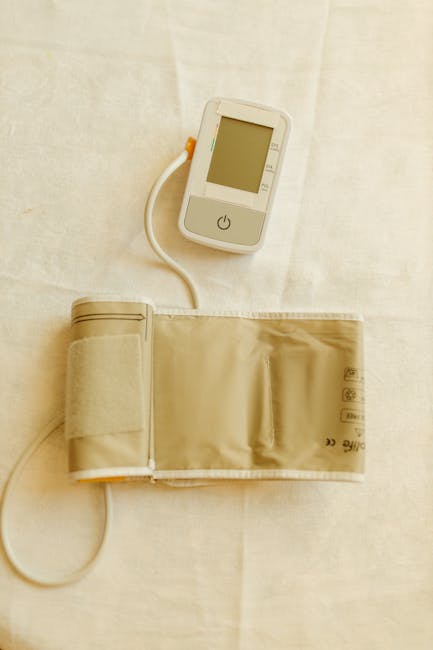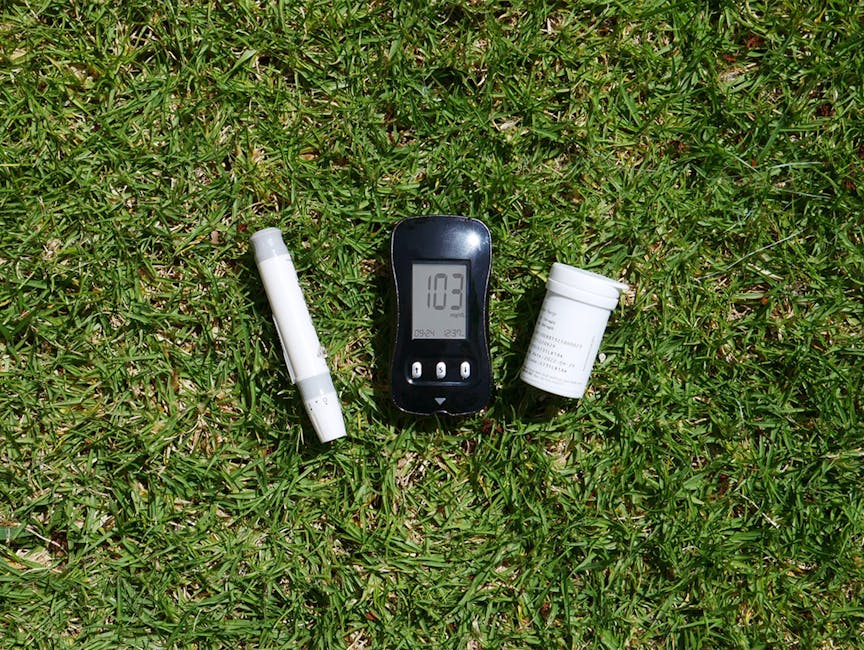Foods That Lower Blood Pressure Quickly: Your Natural Guide to Hypertension Relief
High blood pressure, or hypertension, affects millions worldwide, significantly increasing the risk of heart disease, stroke, and kidney failure. While medication plays a crucial role in managing severe hypertension, dietary changes can be incredibly effective in lowering blood pressure naturally and complementing medical treatments. This comprehensive guide explores foods scientifically proven to lower blood pressure quickly, offering practical strategies for incorporating them into your daily diet.
Understanding the Link Between Diet and Blood Pressure
The foods we consume directly impact our cardiovascular health. A diet rich in sodium and saturated fats contributes to hypertension, while a diet rich in certain nutrients can help lower blood pressure. Understanding this connection is the first step towards making informed dietary choices.
Several factors contribute to high blood pressure, including genetics, lifestyle choices (like smoking and lack of exercise), and diet. However, even with a genetic predisposition, dietary interventions can significantly mitigate the risk and severity of hypertension.
Foods That Lower Blood Pressure Quickly: The Power of Potassium
Potassium is an essential mineral that plays a vital role in regulating blood pressure. It counteracts the effects of sodium by helping the kidneys flush excess sodium out of the body. Increasing your potassium intake can be a remarkably effective strategy for lowering blood pressure.
Top Potassium-Rich Foods:
- Bananas: A convenient and delicious source of potassium, easily incorporated into snacks or smoothies.
- Sweet Potatoes: Offer a significant dose of potassium along with other essential nutrients.
- Spinach: This leafy green vegetable is packed with potassium and other blood pressure-lowering nutrients.
- Beans (Kidney, Black, Pinto): Excellent source of potassium and fiber, contributing to overall heart health.
- Tomatoes: Both fresh and cooked tomatoes are good sources of potassium and lycopene, an antioxidant beneficial for cardiovascular health.
The Role of Magnesium in Blood Pressure Regulation
Magnesium is another vital mineral that contributes to healthy blood pressure levels. It helps relax blood vessels, reducing pressure on artery walls. A magnesium deficiency can exacerbate hypertension.

Magnesium-Rich Foods to Include in Your Diet:
- Almonds: A handful of almonds provides a good dose of magnesium and healthy fats.
- Dark Chocolate (70% cacao or higher): Indulge in a small square of dark chocolate for a boost of magnesium and antioxidants.
- Avocados: Creamy and versatile, avocados offer a good source of magnesium and healthy monounsaturated fats.
- Pumpkin Seeds: These nutritious seeds are packed with magnesium and other essential nutrients.
- Spinach (again!): Spinach is a powerhouse of nutrients, including magnesium.
Beyond Potassium and Magnesium: Other Blood Pressure-Lowering Foods
While potassium and magnesium are key players in blood pressure regulation, several other foods contribute to overall cardiovascular health and can help lower blood pressure:
1. Foods Rich in Nitrates:
Nitrates, found in leafy green vegetables like beetroot and spinach, are converted into nitric oxide in the body. Nitric oxide helps relax and widen blood vessels, reducing blood pressure.
2. Foods Rich in Fiber:
Soluble fiber, found in oats, barley, beans, and apples, helps lower cholesterol and blood pressure. Fiber also aids in regulating blood sugar levels, another important factor in cardiovascular health.
3. Foods Rich in Calcium:
Calcium is essential for maintaining healthy blood pressure. Good sources include dairy products (choose low-fat options), leafy greens, and fortified foods.

4. DASH Diet: A Holistic Approach
The Dietary Approaches to Stop Hypertension (DASH) diet is a comprehensive eating plan designed to lower blood pressure naturally. It emphasizes fruits, vegetables, whole grains, lean protein, and low-fat dairy, while limiting saturated fat, sodium, and added sugars. Following the DASH diet can significantly reduce blood pressure within weeks.
Foods to Limit or Avoid for Lower Blood Pressure
While focusing on beneficial foods is crucial, it’s equally important to limit or avoid foods that can raise blood pressure:
- Processed Foods: Often high in sodium, unhealthy fats, and added sugars.
- Fast Food: Typically high in sodium, saturated fat, and calories.
- Salty Snacks: Potato chips, pretzels, and other salty snacks can significantly increase sodium intake.
- Sugary Drinks: Sodas, sweetened juices, and energy drinks contribute to weight gain and can negatively impact blood pressure.
- Red Meat: High in saturated fat, which can contribute to high cholesterol and blood pressure.
Making Sustainable Lifestyle Changes
Incorporating these blood pressure-lowering foods into your diet is a crucial step, but it’s equally important to adopt a holistic approach to managing hypertension. Regular exercise, stress management techniques, and maintaining a healthy weight are all vital components of a successful hypertension management plan.
Remember to consult with your doctor or a registered dietitian before making significant changes to your diet, especially if you have underlying health conditions or are taking medication. They can help you create a personalized plan that suits your individual needs and health goals.

By combining a diet rich in potassium, magnesium, and other blood pressure-lowering nutrients with a healthy lifestyle, you can effectively manage your blood pressure and significantly reduce your risk of cardiovascular disease.

